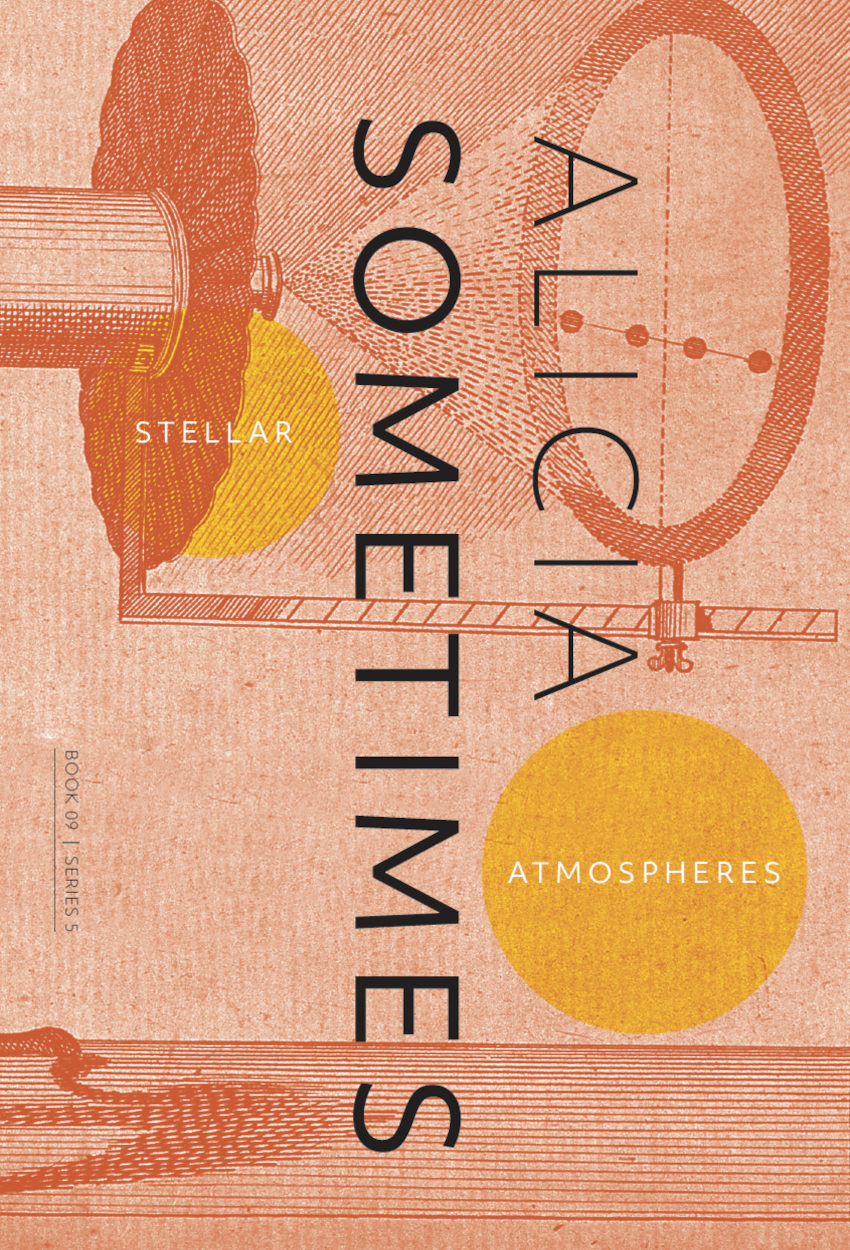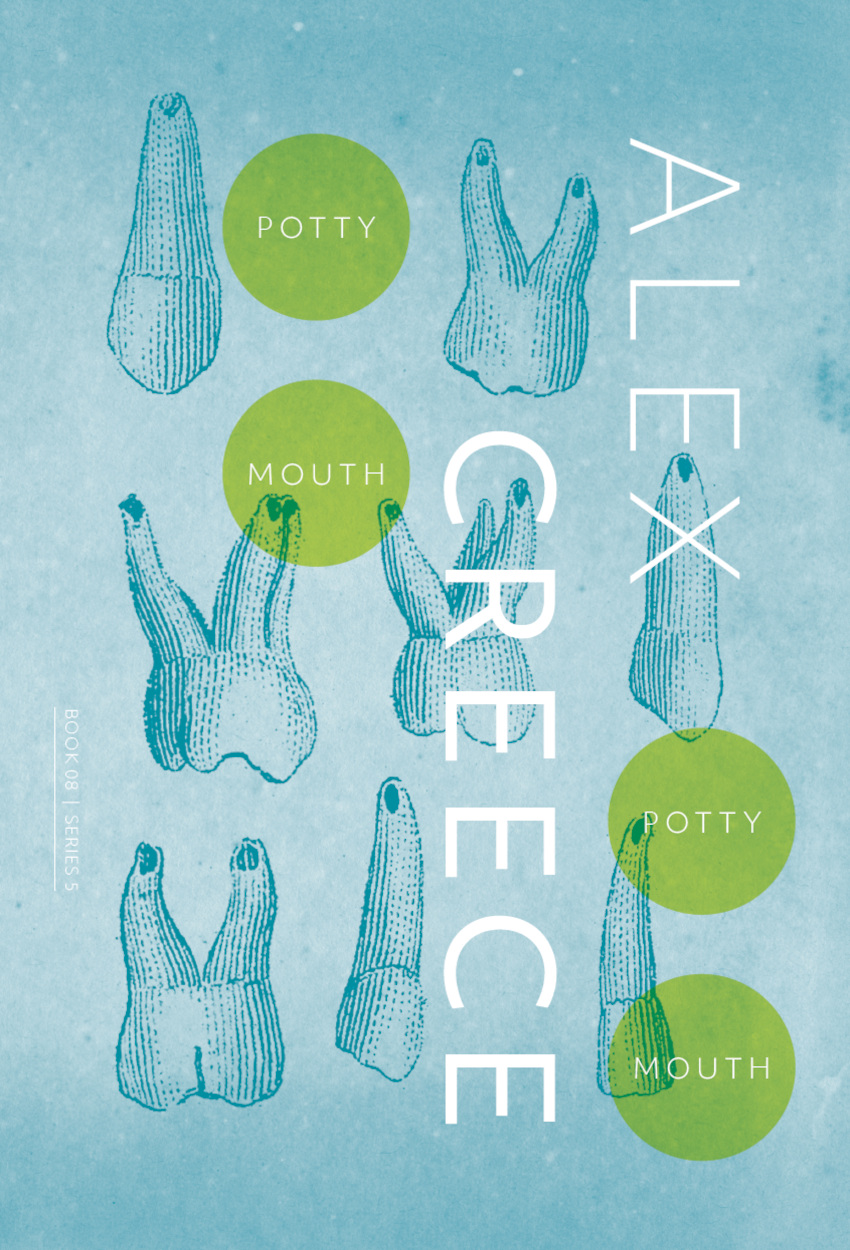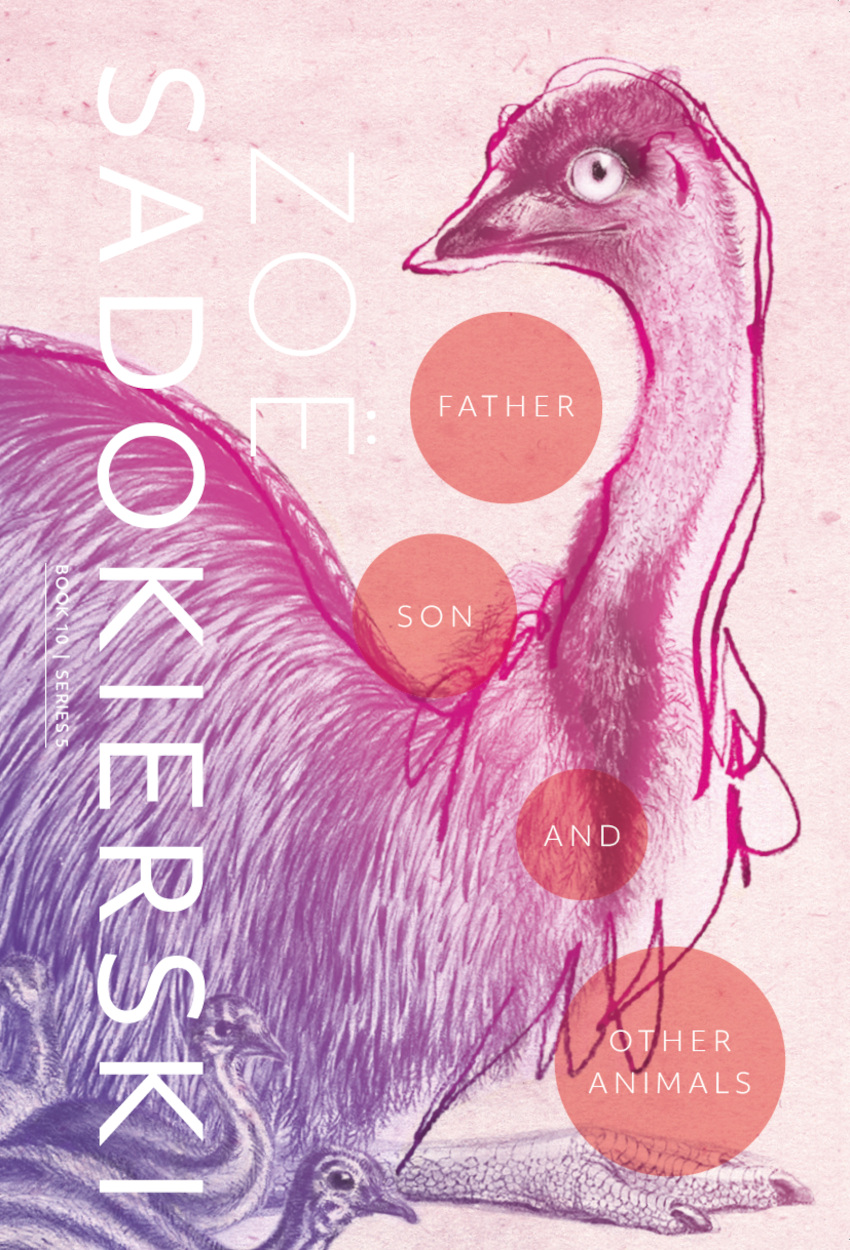A library, a private library is something which many of us own. Even if it's just a few books on a shelf, or hundreds, neatly cared for and ordered, filling many book cases. If you set out in life collecting and reading books, these books will become precious to you, and one day you will probably bequeath them to a family member. But what if this library consisted of thousands of books; many about highly specialised subjects such as Eastern Philosophy, and you were the family member who inherited this library? Could you care for them in the same manner as their original owner? What would you do with them?
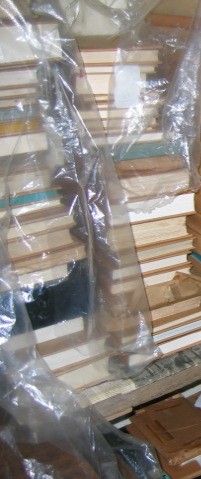 The library put together by poet Harold Stewart, poet and co-author of the Ern Malley poems, Australia's greatest literary hoax, is not just another library, it's not just a lot of books collected by someone who loved reading and writing. It's a life force with a story all its own.
The library put together by poet Harold Stewart, poet and co-author of the Ern Malley poems, Australia's greatest literary hoax, is not just another library, it's not just a lot of books collected by someone who loved reading and writing. It's a life force with a story all its own.
Harold Stewart was born in Drummoyne in 1916. A well educated man who studied music and poetry, Harold later went on to make a lifelong study of Eastern religion and philosophy. He published translations of Japanese haiku, wrote and published many poems including the highly acclaimed sequence By the Old Walls of Kyoto. Harold died in Kyoto, Japan in1995.
Harold's library tells of a journey of many lives through many countries. Its contents tell of Stewart's life, of things he learned, loved and did. It took most of his life to compile, right up to his death. There are over 2500 books representing a good cross section of literature throughout the world.
This library (pictured above) consist of some rare and out of print books. Just listen to some of the titles: The Precious Garland and the Song of the Four Mindfunesses, with a forward by the Fourteenth Dalai Lama. On the Disfiguration of the Image of Man in the West, by Gilbert Durand. Festivals and Songs of Ancient China, by Marcel Granet. The Legacy of Asia and Western Man, by Alan W Watts, from 1937, and the Guide to the Celebrated Places in Kyoto and the Surrounding Places, by K Yamamoto published in 1873. The list goes on and on. There are many classics, books from Verne to Wells; English and Australian literature; and many poetry books. If you love Haiku this is the library for you. There are countless books on visual art and the history and study of Buddhism and Eastern religions.
What is most amazing about this library is not just the incredible financial cost of putting it together but the amount of time, passion and dedication it must have taken to compile. This is a truly unique private library, compiled by a truly unique Australian.
I came across the library of Harold Stewart not in the archives of the National Library (where they do have most of his correspondence and documents, 43 boxes to be precise) not in any State library archives; not in a museum or bibliotheca but on eBay. Yes eBay, the great leveller of art and history, where anything can be and is sold.
The entire collection's price was a very small $35,000. To assemble a collection like this today would cost many times that amount. The inheritor of the library Harold's nephew Lee Riley, who I know is at a crossroads as to what to do with it, would rather the library remains complete. He hopes that an institution or library will acquire the collection for posterity, for us. 99% of Stewart's library has been catalogued and many of the books photographed by Lee. A huge undertaking, which shows the dedication he has for this library, and for keeping his uncle's memory alive. Lee is currently compiling Harold's last and longest poem.
Maintaining and caring for a library this size is a time-consuming and life changing job. There are many costs associated with owning such a collection, and there're not all financial. What would you do if someone left you a library?
If you couldn't afford to keep it and do it justice, you would probably contact the National and State libraries or a university, or perhaps a museum. You would probably try nationally and abroad. What if no institution in Australia would take a collection like this? What if none of them had the time, space or money? What if some just didn't really care, and were not
interested in preserving these libraries? Even though I know some library directors want to acquire and display libraries like Harold's, they can't.
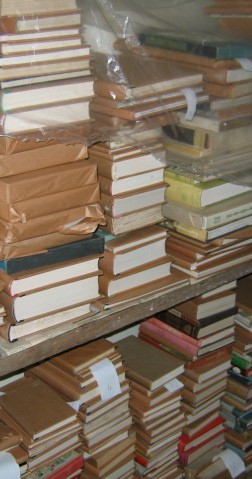 As farcical as it sounds, no Australian institution wishes to or can acquire this collection. There are many reasons why libraries can't acquire collections like these, some it is reasons of policy about acquiring specific types of books, to make sure they fit into their current collection, some it is considerations of readership, space and of course financial reasons.
As farcical as it sounds, no Australian institution wishes to or can acquire this collection. There are many reasons why libraries can't acquire collections like these, some it is reasons of policy about acquiring specific types of books, to make sure they fit into their current collection, some it is considerations of readership, space and of course financial reasons.
If selling off this library to a dealer is the only way to save the books, then it may have to be done. But at what cost? The cost is to the students, historians and the public that are interested in and want to learn from writers such as Harold Stewart. Then there's the cost to the current owner who wants them to stay together and be properly cared for.
So why aren't our libraries and institutions set up to take a collection of books from one of Australia's most prominent poets and writers? Why aren't they displaying the libraries of our writers so we can gain an insight into their studies and learn from what they learned from? The libraries that helped them to become world-famous writers.
Some libraries have acquired the collected books of our writers. The State Library of NSW has Patrick White's library. What are we studying and learning from that collection?
Perhaps we need a bibliotheca, a new management of education for Australian writers, and new ideas to overcome this and other areas that are lacking in Australian literary culture. Perhaps a bibliotheca like the Bibliotheca Alexandrina in Egypt or La Bibliothèque nationale de France.
The possibilities for such an institution are endless. Most libraries have shelves of books that cover a genre or style; a bibliotheca would have entire rooms, specialising in poetry, architecture, science, design and music. Research centres that cover heritage studies, scientific research, visual art studies and rooms for writing theory and analysis. There could be a school of Ekphrasis where students are taught to combine the visual with text. Even its own broadcasting services carrying the audio and visual content of forums, talks and conferences held at the bibliotheca.
These are some of the things that other countries are offering their students and writers; far more than a library, and far more than what we currently offer our writers and artists. Our bibliotheca could be set up to house and display the private libraries of our great writers. It could be a home for Australian literature, a centre of learning and art. Being able to work with and study from the private library of a great writer would be like walking through the writer's mind, sharing the journeys he or she took.
Allowing the history of Australian writers to fall into neglect is a crime but to let it go unstudied is a greater crime.
So what of the journey of Harold Stewart's library, where is it likely to end? Who will have access to all that he read? What will be left of it for us to discover, of his influences and a personality that created many great poems and Australia's most famous literary event and character, Ern Malley?
Robert Kennedy is a poet, writer and manager of DiVerse, a group of poets that transcribe visual art into poetry, such as an Ekphrasis. Robert has written articles and reviews for the Sydney Morning Herald and State of the Arts magazine. Institutions or private collectors interested in making further inquiries on this issue are invited to contact Robert Kennedy at kenrob2000@optusnet.com.au.

